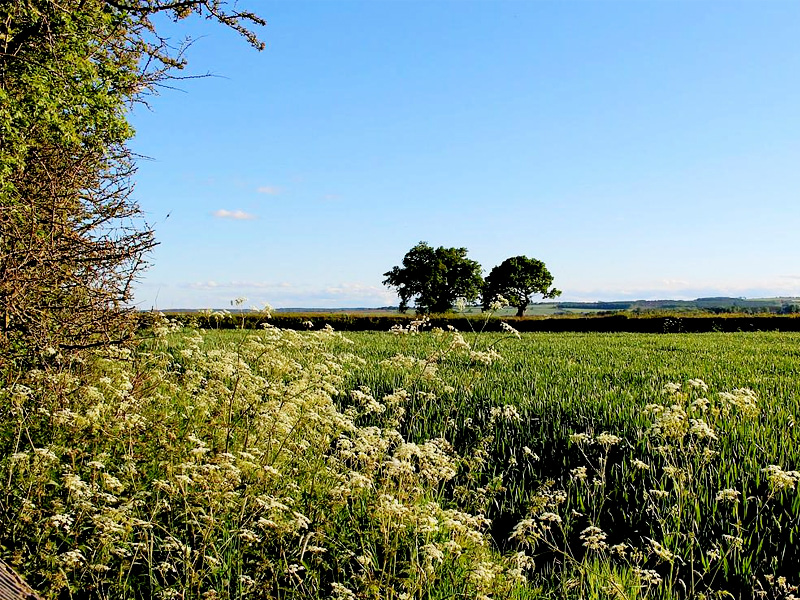Are you aware that the UK has a 25 year environment plan? Do you know what its implications are for farmers and owners of agricultural or rural land? Here, we take a closer look at both of these areas.
The UK’s 25 Year Environment Plan, launched in 2018, sets out a long-term vision for improving the environment and creating a more sustainable future for the country. This ambitious plan aims to enhance air quality, protect wildlife, and restore habitats while also promoting sustainable economic growth. For farmers and owners of rural land, the plan has significant implications.
Key Objectives of the 25 Year Environment Plan
The plan has four main objectives:
Nature recovery: The plan seeks to create a nature-rich Britain by increasing woodland cover, restoring peatlands, and protecting species-rich habitats.
Clean air: The government aims to reduce air pollution and improve public health and the environment.
Clean water: The plan focuses on improving water quality and reducing pollution in rivers, lakes, and seas.
Waste reduction: The government aims to reduce waste and increase recycling rates.
Implications for Farmers and Landowners
The 25 Year Environment Plan presents both challenges and opportunities for farmers and landowners. On the one hand, the plan’s emphasis on nature recovery and habitat restoration could lead to increased regulation and restrictions on land use. However, the plan also offers incentives and support for farmers and landowners who adopt sustainable practices.
Potential Challenges:
It’s not all good news though, the plan does potentially mean farmers and owners of rural or agricultural land could face some challenges, in particular:
Land use restrictions: The plan may lead to stricter regulations on land use, such as limits on development, pesticide use, and livestock grazing.
Increased costs: Implementing sustainable practices can be costly, and farmers may need to invest in new equipment or technologies.
Uncertainty: The long-term implications of the plan may be uncertain, and farmers may face challenges adapting to changing regulations and policies.
Potential Opportunities:
On the flip side of the potential challenges, there are some pleasing aspects of the plan, for example:
Financial incentives: The government is offering various financial incentives to support farmers and landowners who adopt sustainable practices, such as grants, subsidies, and payments for ecosystem services.
Market opportunities: The growing demand for sustainably produced food and other products can create new market opportunities for farmers and landowners.
Improved biodiversity: By adopting sustainable practices, farmers and landowners can enhance biodiversity on their land and contribute to a healthier environment.
Key Policies and Initiatives
To achieve the objectives of the 25 Year Environment Plan, the government has introduced several key policies and initiatives, including:
Agricultural Transition Plan: This plan outlines how the UK will transition away from the Common Agricultural Policy (CAP) and introduce new support schemes for farmers.
Environmental Land Management Schemes (ELMS): These schemes provide financial incentives for farmers and landowners to adopt sustainable land management practices.
National Biodiversity Network (NBN): The NBN is a partnership that aims to improve access to biodiversity data and information.
The UK’s 25 Year Environment Plan has significant implications for farmers and landowners. While the plan presents challenges, such as increased regulation and potential costs, it also offers opportunities for farmers to adopt sustainable practices and benefit from financial incentives and market opportunities.
If you’d like to know more about the plan or need help with any aspect of it, call Ray Phillips on 01522 696496, email ray@walters-rural.com




